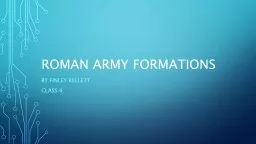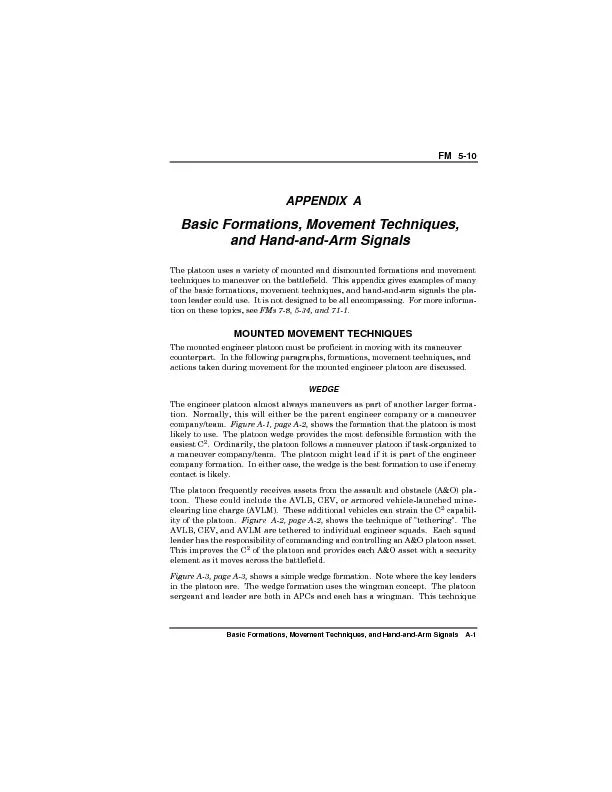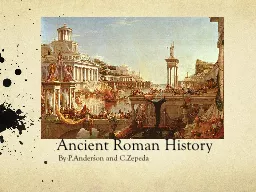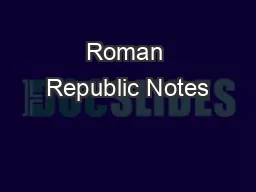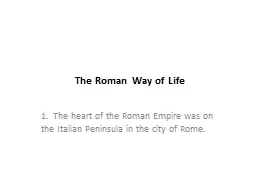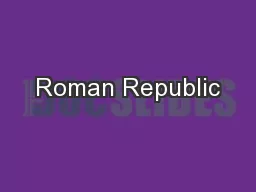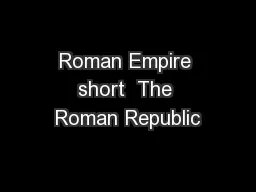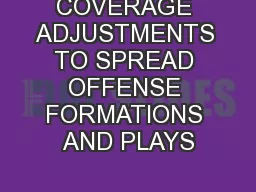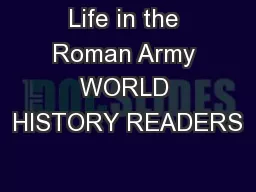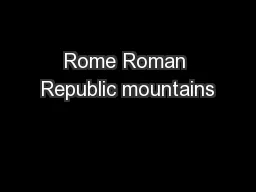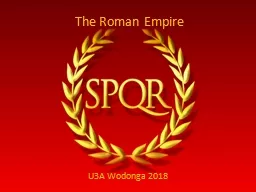PPT-Roman army formations
Author : min-jolicoeur | Published Date : 2016-10-23
By finley Kellett Class 4 D During the school holiday I visited Hadrians Wall There I learnt how to be a Roman Solider and about Formations There are several types
Presentation Embed Code
Download Presentation
Download Presentation The PPT/PDF document "Roman army formations" is the property of its rightful owner. Permission is granted to download and print the materials on this website for personal, non-commercial use only, and to display it on your personal computer provided you do not modify the materials and that you retain all copyright notices contained in the materials. By downloading content from our website, you accept the terms of this agreement.
Roman army formations: Transcript
Download Rules Of Document
"Roman army formations"The content belongs to its owner. You may download and print it for personal use, without modification, and keep all copyright notices. By downloading, you agree to these terms.
Related Documents

